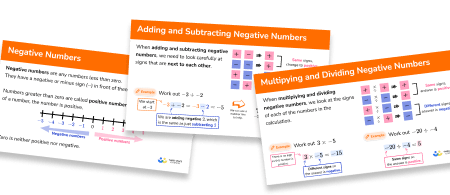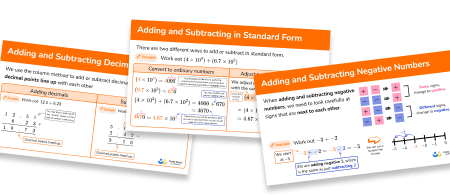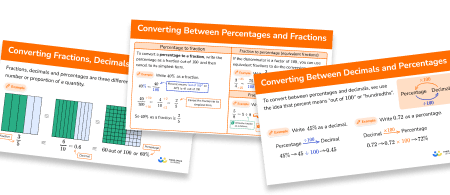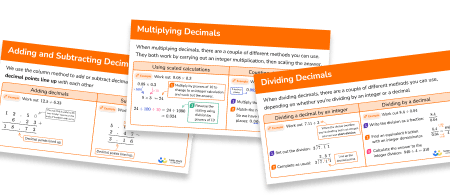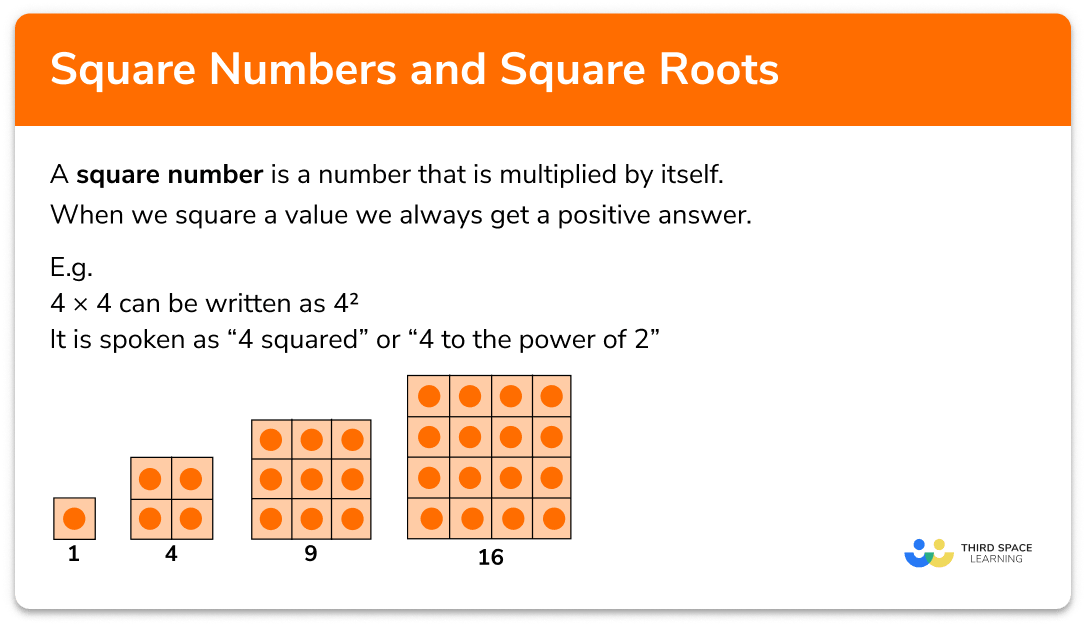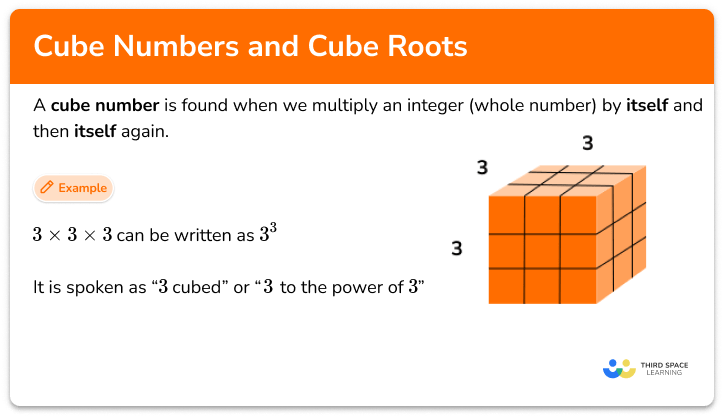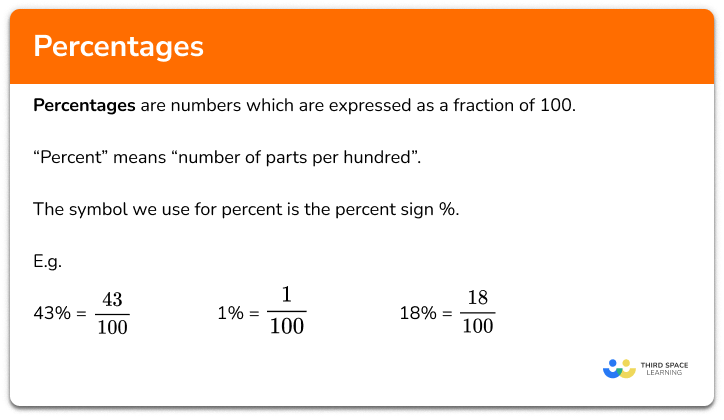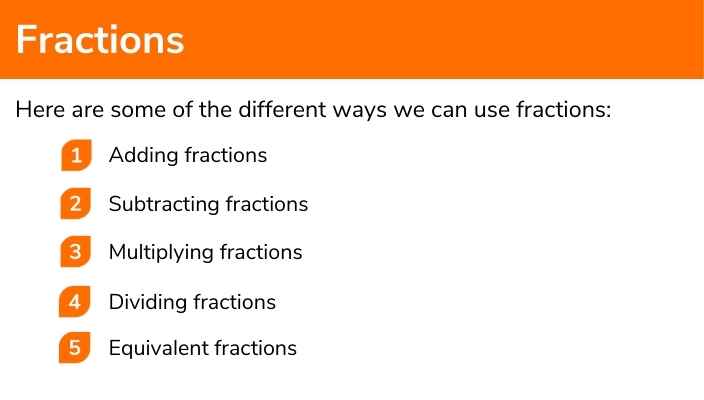FREE DOWNLOAD
Multiplying And Dividing Decimals Worksheet

Help your students prepare for their Maths GCSE with this free multiplying and dividing decimals worksheet of 44 questions and answers
- Section 1 of the multiplying and dividing decimals worksheet contains 36 skills-based multiplying and dividing decimals questions, in 3 groups to support differentiation
- Section 2 contains 4 applied multiplying and dividing decimals questions with a mix of word problems and deeper problem solving questions
- Section 3 contains 4 foundation and higher level GCSE exam style multiplying and dividing decimals questions
- Answer keys and a mark scheme for all multiplying and dividing decimals questions are provided
- Questions follow variation theory with plenty of opportunities for students to work independently at their own level
- All questions created by fully qualified expert secondary maths teachers
- Suitable for GCSE maths revision for AQA, OCR and Edexcel exam boards
Multiplying and dividing decimals at a glance
A decimal number has a part that is not whole. We write the whole number part, followed by a decimal point, then tenths, hundredths, thousandths, and so on. It is important that students can recognise the decimal place value of each column.
When multiplying decimals, we use powers of ten to convert our calculation into a whole-number multiplication so that the standard multiplication algorithms can be used. For example, to work out 0.31.52, we would multiply the first number by 10 and the second number by 100, to get 3152. Once the whole number answer has been worked out (456), we reverse the multiplication by powers of 10 to get the answer to the decimal multiplication – so in this example, we divide our answer by 1000, to give 0.456.
The method for decimal division depends on what is being divided. For an integer divisor with a decimal dividend, we use the standard algorithm for short or long division for two or three-digit numbers, placing the decimal point in the quotient directly above its position in the dividend. If the divisor is a decimal, we write the division as a fraction and use the concept of equivalent fractions to convert to a whole-number calculation.
Further multiplication and division problems include unit conversions, money calculations, and using decimals in standard form calculations.
Looking forward, students can then progress to additional number worksheets, for example a percentage worksheet or a rounding worksheet.

For more teaching and learning support on Number our GCSE maths lessons provide step by step support for all GCSE maths concepts.
Do you have students who need additional support?

With Third Space Learning's secondary maths tutoring programmes, students in Year 7-11 receive regular one to one maths tutoring to address gaps, build confidence and boost progress.
"My confidence in the tutoring is high. We've had some phenomenal results. I even had one girl get a Grade 8 this year; she came to every tutoring session."
Stacey Atkins, Maths Director, Outwood Grange Academies Trust

